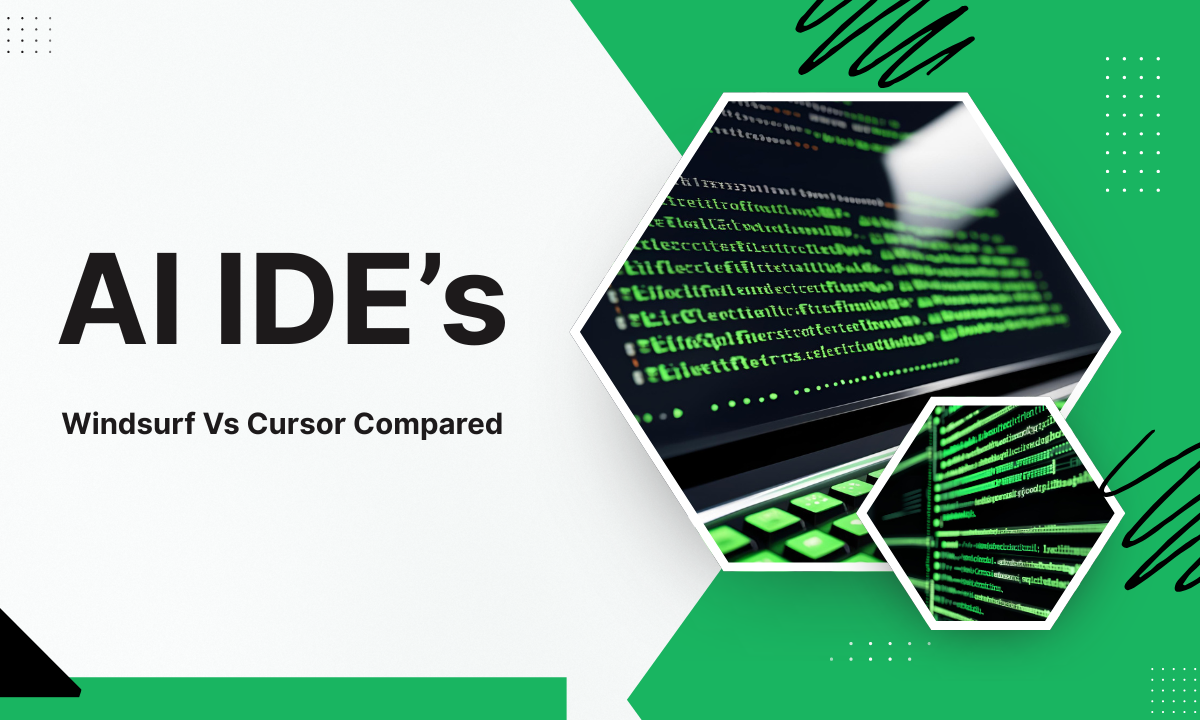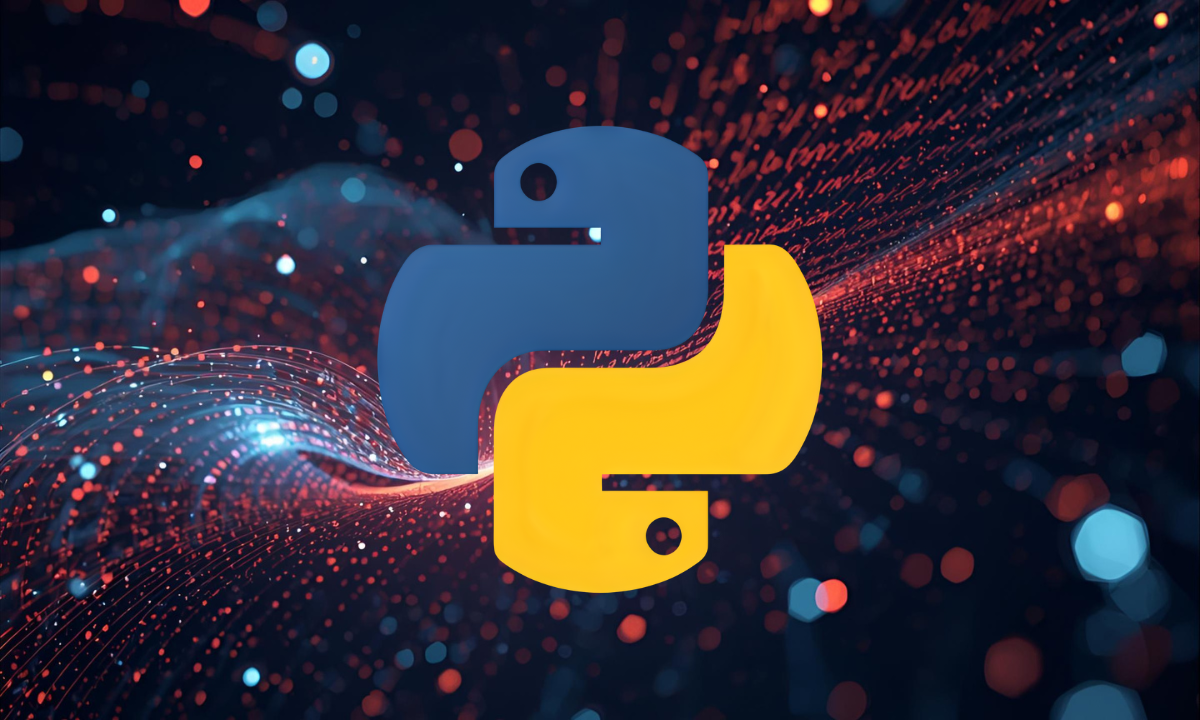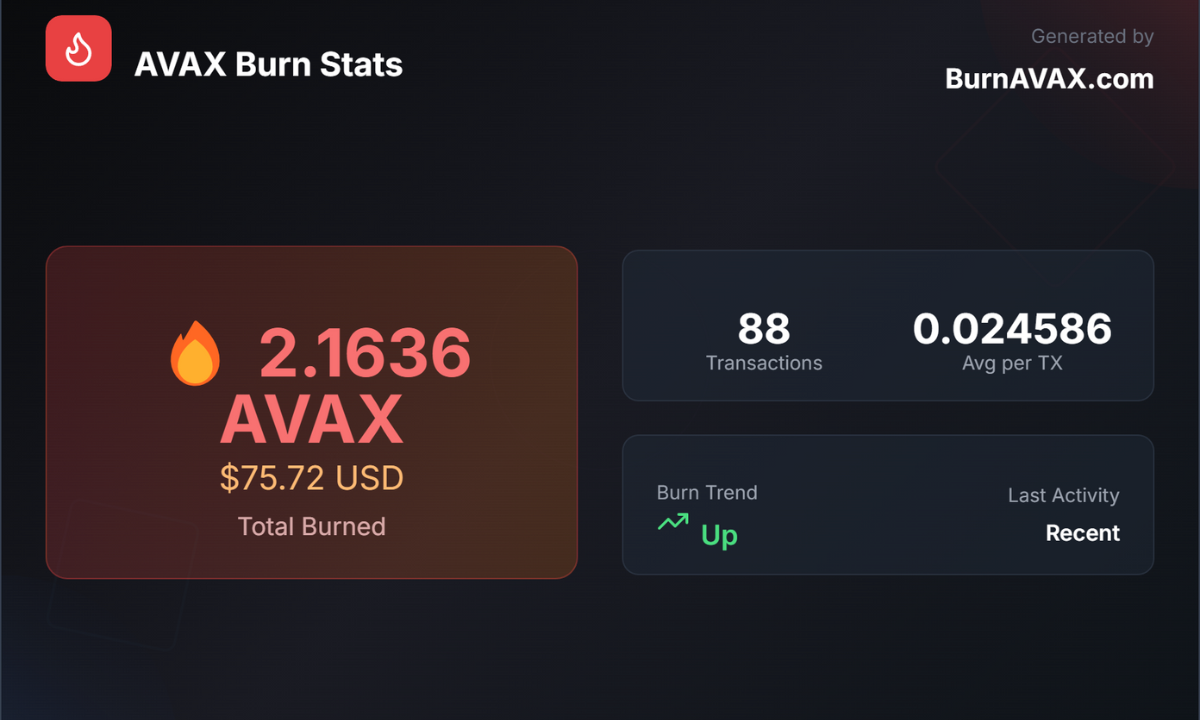The Rise of AI-Powered IDEs: Windsurf vs. Cursor Compared
The landscape of software development has transformed dramatically in recent years, with artificial intelligence (AI) reshaping how developers write, debug, and manage code. AI-powered integrated development environments (IDEs) like Windsurf and Cursor are at the forefront of this revolution, offering tools that go beyond traditional code editors. These platforms integrate advanced AI models to provide context-aware suggestions, automate repetitive tasks, and enhance productivity. For developers seeking to choose between Windsurf and Cursor, understanding their differences, strengths, and ideal use cases is crucial. This article explores the rise of AI-powered IDEs, compares Windsurf and Cursor, and highlights which platform suits specific development needs.
The Evolution of AI-Powered IDEs
Integrated development environments have long been essential for developers, providing features like syntax highlighting, debugging tools, and version control integration. The introduction of AI has elevated IDEs into intelligent partners that anticipate developer needs. Unlike traditional code editors, AI-powered IDEs leverage large language models (LLMs) to offer real-time code suggestions, multi-file editing, and natural language interactions with codebases. This shift has streamlined workflows, reduced errors, and made coding more accessible to beginners while empowering experienced developers to tackle complex projects.
Windsurf, developed by Codeium, and Cursor, a standalone AI-driven IDE, are two leading examples of this trend. Both are built on the Visual Studio Code (VS Code) framework, ensuring familiarity for users, but they differ in their approach to AI integration, user experience, and target audiences. By examining their features, performance, and pricing, developers can determine which IDE aligns with their goals.
Windsurf: The Agentic IDE for Context-Aware Coding
Windsurf, launched in November 2024, positions itself as the “first agentic IDE,” emphasizing deep contextual awareness and automation. Its flagship feature, Cascade, acts as an AI agent that maps the codebase like a neural network, enabling multi-file edits and proactive suggestions. Cascade can automatically gather context, run shell commands, and adapt to the developer’s workflow without manual file selection. This makes Windsurf particularly effective for large, complex codebases where understanding project-wide dependencies is critical.
Key Features of Windsurf
- Cascade: Provides real-time collaboration, context-aware suggestions, and automation of tasks like running commands or editing multiple files.
- Supercomplete: Offers multi-line code suggestions with a diff-style preview, akin to Git, for seamless integration.
- Repository-Wide Context: Indexes the entire codebase for precise, project-specific suggestions.
- Pricing: Starts at $15/month for the Pro plan, with a robust free tier including unlimited AI chat and autocomplete. Team plans range from $35 to $90 per user per month.
Windsurf’s interface is often described as polished and intuitive, drawing comparisons to Apple’s design philosophy. Its simplicity and speed make it appealing to developers of all skill levels, particularly those working on microservices, distributed teams, or rapid iteration projects. The IDE’s performance shines on Linux systems, and its integration with tools like VS Code, JetBrains, and cloud platforms enhances its versatility.
Ideal Use Cases for Windsurf
Windsurf excels in scenarios where context and collaboration are paramount. Developers working on large-scale projects, such as enterprise applications or monorepos, benefit from its ability to understand cross-module dependencies and automate boilerplate tasks. Beginners find Windsurf approachable due to its clean UI and guided AI assistance, which reduces the need to manually specify context. Teams leveraging CI/CD pipelines or multi-language environments also appreciate Windsurf’s workflow automation and repository management features.
Cursor: The Powerhouse for Precision and Speed
Cursor, released in March 2023, is a mature AI-powered IDE known for its speed, precision, and feature-rich environment. Built as a VS Code fork, it integrates advanced AI models like GPT-4 and Claude 3.5 Sonnet to deliver fast code completions, inline editing, and robust debugging tools. Cursor’s Composer mode allows developers to turn natural language prompts into code, while features like auto-generated commit messages and bug finders enhance productivity. However, its interface can feel cluttered due to the abundance of AI-driven buttons and options.
Key Features of Cursor
- Cursor Tab: Suggests entire code blocks and auto-imports unimported symbols, ideal for TypeScript and Python development.
- Composer Mode: Converts plain English into code, supporting multi-file edits and context-aware suggestions.
- Bug Finder: Scans code for potential issues, though it may occasionally flag false positives.
- Pricing: Starts at $20/month for the Pro plan ($16/month annually), with a free tier offering 2,000 completions per month. Business plans cost $40 per user per month.
Cursor’s strength lies in its granular control and power features, making it a favorite among experienced developers who value customization. Its multi-tabbing feature, which applies sequential code changes, is innovative but can be clunky in complex scenarios. The IDE’s integration with GitHub and real-time session sharing supports collaborative coding, making it suitable for team-based projects.
Ideal Use Cases for Cursor
Cursor is tailored for developers who prioritize speed and control. It shines in dynamic, iterative projects like full-stack web development or mobile app creation, where fast code generation and debugging are critical. Professional developers working on production-ready applications with backend integrations, payments, or authentication prefer Cursor for its fine-grained control and high-quality code output. Teams collaborating on real-time coding sessions also benefit from Cursor’s robust sharing capabilities.
Comparing Windsurf and Cursor: Key Differences
While Windsurf and Cursor share similarities in their abilities to use large language models for code, as VS Code-based, AI-powered IDEs, their design philosophies and strengths cater to different needs. Below is a breakdown of their differences:
- User Interface: Windsurf offers a cleaner, more intuitive UI, ideal for beginners and those who prefer simplicity. Cursor’s feature-heavy interface can feel cluttered but provides power users with extensive options.
- Context Management: Windsurf’s Cascade automatically gathers context, reducing manual input, while Cursor requires developers to curate context using @ symbols, offering more control but increasing complexity.
- Performance: Cursor is faster in code completion, but Windsurf provides more comprehensive, context-aware suggestions, especially for large codebases.
- Agentic Capabilities: Windsurf’s Cascade is a true AI agent, proactively automating tasks, while Cursor’s agent mode, inspired by Cascade, is less intuitive but improving.
- Pricing: Windsurf is more affordable at $15/month compared to Cursor’s $20/month, with a more generous free tier.
- Collaboration: Cursor excels in real-time team collaboration, while Windsurf focuses on individual productivity and CI/CD integration.
Choosing the Right IDE for Your Needs
Selecting between Windsurf and Cursor depends on the developer’s experience level, project complexity, and workflow preferences. Windsurf is the go-to choice for:
- Beginners seeking an intuitive, guided coding experience.
- Developers working on large, complex codebases requiring deep context awareness.
- Teams prioritizing affordability, speed, and CI/CD integration.
Cursor is better suited for:
- Experienced developers needing precise control and advanced features.
- Projects requiring rapid code generation and debugging, such as full-stack applications.
- Teams engaged in real-time collaborative coding.
Both IDEs offer free tiers, allowing developers to test their features before committing. For those unsure, starting with Windsurf’s free plan to explore Cascade’s automation or Cursor’s trial to experience its speed is recommended.
The Future of AI-Powered IDEs
The rise of Windsurf and Cursor signals a broader trend in software development, where AI is no longer a supplementary tool but a core component of the coding process. As these platforms evolve, competition will likely drive innovations in security, model integration, and cross-IDE compatibility. Developers can expect even deeper context awareness, improved collaboration tools, and more seamless integrations with external services.
For now, Windsurf and Cursor represent the cutting edge of AI-powered IDEs, each offering unique strengths. By understanding their differences and aligning them with specific use cases, developers can harness AI to elevate their productivity and creativity. Whether tackling a sprawling enterprise project or a nimble startup app, these tools are redefining what it means to code in 2025.






